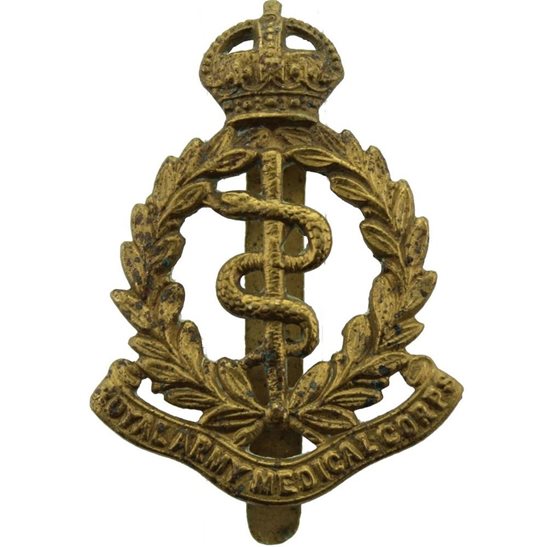Personal Details
Born: 6 October 1888 in Nantwich, Cheshire.
Family: He was the eldest of three children born to Robert David Edwards, a grocer, and his wife Emily. He married Jessie Maud Mary Puttick in 1924 in Reading, Berkshire and together they had two children – Doreen M and Robert H.
Residence: In 1891 he lived in Laburnum Avenue, Willaston, Nantwich; by 1901 the family had moved to 9 High Street, Whitchurch, Shropshire. The 1911 Census records them living at 2 St. Mary’s Street, Whitchurch. The 1919 Absent Voters’ Register indicates an address of Sandhurst, Wrexham Road, Whitchurch which was the family home. Robert married in Reading and their first child was born there. In 1939 he was living at 35 Talbot Street, Whitchurch which was his address when he died.
Employment: In 1911 he was assisting in his father’s grocery business. In 1939 he was Managing Director of the family grocery provisioning company, R. D. Edwards.
Died: 27 May 1945 at The Quarry Nursing Home, Shrewsbury, Shropshire, aged 56, and was buried 30 May the same year in Whitchurch cemetery.
Military Details
Regiment: Royal Army Medical Corps
Rank: Corporal
Service Number: 52450
Date of Enlistment: Mid January 1915
Date of Discharge: Not known
Reason for Discharge: Not known
Other Information: His brother William Arthur also served in WW1.
Robert was awarded the Campaign Medals (British War Medal, and Victory Medal)

The British War Medal (also known as 'Squeak') was a silver or bronze medal awarded to officers and men of the British and Imperial Forces who either entered a theatre of war or entered service overseas between 5th August 1914 and 11th November 1918 inclusive. This was later extended to services in Russia, Siberia and some other areas in 1919 and 1920. Approximately 6.5 million British War Medals were issued. Approximately 6.4 million of these were the silver versions of this medal. Around 110,000 of a bronze version were issued mainly to Chinese, Maltese and Indian Labour Corps. The front (obv or obverse) of the medal depicts the head of George V. The recipient's service number, rank, name and unit was impressed on the rim.
The Allied Victory Medal (also known as 'Wilfred') was issued by each of the allies. It was decided that each of the allies should each issue their own bronze victory medal with a similar design, similar equivalent wording and identical ribbon. The British medal was designed by W. McMillan. The front depicts a winged classical figure representing victory. Approximately 5.7 million victory medals were issued. Interestingly, eligibility for this medal was more restrictive and not everyone who received the British War Medal ('Squeak') also received the Victory Medal ('Wilfred'). However, in general, all recipients of 'Wilfred' also received 'Squeak' and all recipients of The 1914 Star or The 1914/1915 Star (also known as 'Pip') also received both 'Squeak' and 'Wilfred'. The recipient's service number, rank, name and unit was impressed on the rim.

